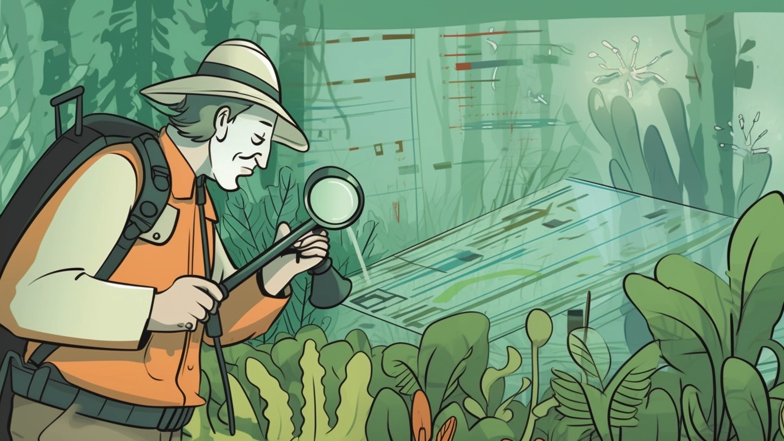
Conservationists use various tools and techniques to monitor biodiversity. Monitoring biodiversity involves the collection of data on species populations, ecological processes, and environmental threats. This information helps conservationists manage endangered species and protect habitats.
DNA barcoding is one of the innovative methodologies used in monitoring biodiversity. DNA barcoding involves identifying species by analyzing a short sequence of DNA. This method allows conservationists to identify the species present in a habitat by collecting samples of DNA from the environment using techniques like environmental DNA (eDNA) sampling. This technique is particularly useful in monitoring aquatic organisms such as fish, amphibians, and invertebrates.
Camera trapping is another method commonly used in monitoring biodiversity. Camera traps are devices that take pictures or videos when an animal triggers a motion sensor. This method enables researchers to track the movement and behavior of animals in their natural habitat. The technique is particularly useful in monitoring elusive and nocturnal species. It also provides valuable data on animal behavior, population dynamics, and habitat use.
Acoustic monitoring is an innovative method used to monitor biodiversity. This method involves recording the sounds made by animals using hydrophones or acoustic sensors. The recordings collected are then analyzed to identify the species present, their behavior, and population trends. Acoustic monitoring is particularly useful in monitoring populations of birds, bats, and other vocal animals.
The use of satellite imagery is becoming increasingly popular in monitoring biodiversity. Satellite imagery provides a comprehensive view of changes in land use, vegetation cover, and habitat fragmentation over time. This method enables conservationists to track the impact of environmental threats such as climate change, habitat degradation, and invasive species.
GIS mapping (Geographic Information System) is also an important tool used to monitor biodiversity. GIS mapping involves the use of satellite imagery and data from various sources to create detailed maps of habitats, species distributions, and environmental threats. This method enables conservationists to analyze data on a large scale and identify areas that need protection.
Community-based monitoring is a participatory approach that involves engaging local communities in monitoring biodiversity. This method is particularly useful in areas where conservation efforts have been hindered by conflicts with local communities. It empowers communities to take an active role in conservation management, and it encourages the development of sustainable agriculture and eco-tourism.
Traditional ecological knowledge (TEK) is another valuable tool used in monitoring biodiversity. TEK is the knowledge and practices developed over generations by indigenous communities through their direct observation of nature. TEK provides valuable information on the behavior, distribution, and habitat use of species and the changes in the environment over time. TEK also provides insight into the ways in which local communities interact with their environment and can help inform conservation management plans.
The importance of monitoring biodiversity cannot be overstated. Monitoring biodiversity provides valuable information on the health of ecosystems and the impact of human activities. It enables conservationists to identify threatened species and their habitats and develop strategies to protect them. It also provides insight into the best management practices for ecosystems, including the restoration of damaged habitats and the control of invasive species.
In conclusion, monitoring biodiversity is a vital component of wildlife conservation. With the use of innovative tools and techniques such as DNA barcoding, camera trapping, acoustic monitoring, satellite imagery, GIS mapping, community-based monitoring, and traditional ecological knowledge, conservationists can gain a comprehensive understanding of ecosystems and species populations. By effectively monitoring biodiversity, conservationists can develop targeted conservation strategies that protect endangered species and ecosystems in the face of climate change and other ecological stressors.
Comments
Post a Comment